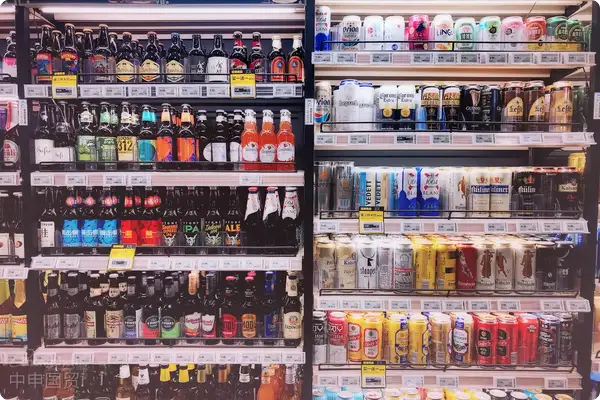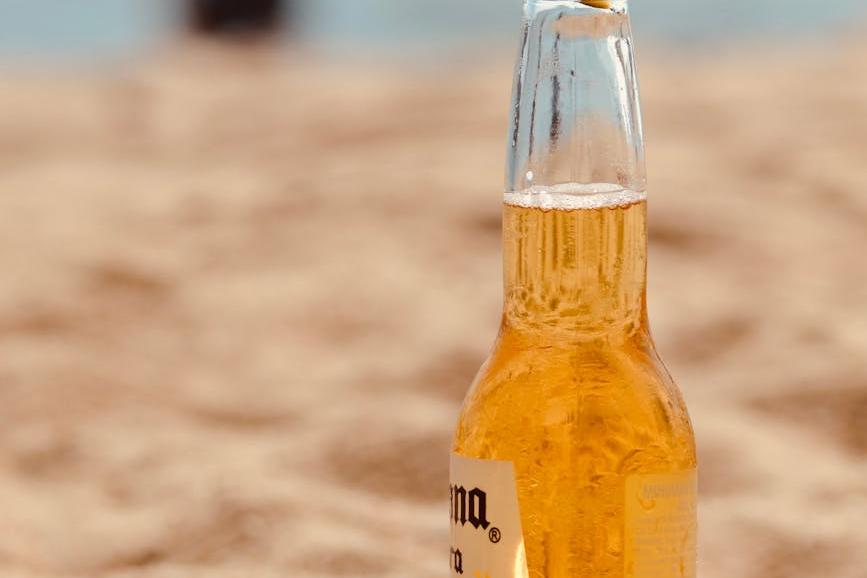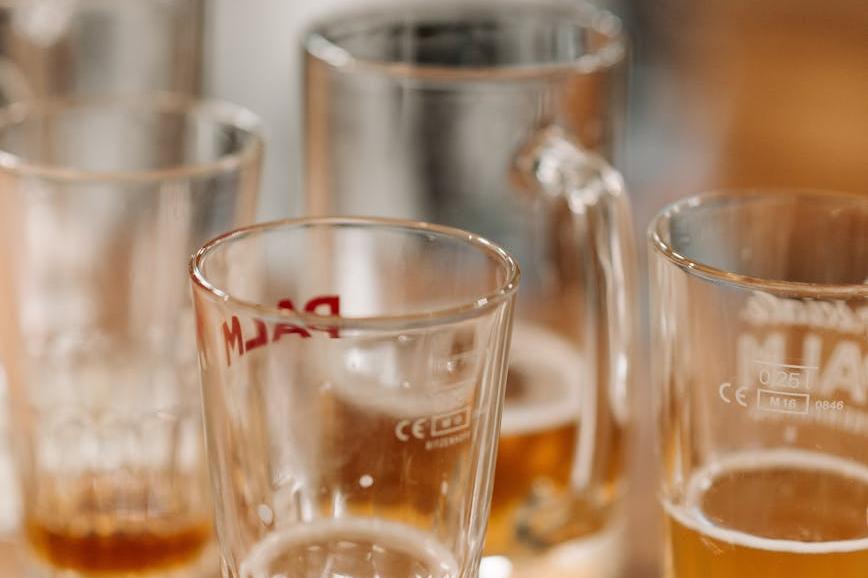- Shanghai Zhongshen International Trade Co., Ltd. - Two decades of trade agency expertise.
- Service Hotline: 139 1787 2118

The Overlooked Import Code: Japanese Beers Identity Authentication
Last year, an importer faced a 42-day port detention of a full container of Hokkaido craft beer due to unfamiliarity withJapanese JAS certification standards. This case reveals that importing Japanese beer first requires decoding its unique identity system.
- Three Essential Certification Elements:
- It is recommended to verify through the following methods:Must clearly include koji cultivation methods
- Water source test reports from brewing locations
- Fermentation process flowcharts (new requirement starting 2025)
- Five Label Translation Taboos:
- Daiginjo cannot be directly translated as Daiginjo,
- Prohibited from labeling any therapeutic effects related terms
- Alcohol content must be dual-unit labeled (%vol and proof)
Product Selection Puzzle: The Beer Code of Kanto vs. Kansai
A century-old Osaka brewery director once showed me theirflavor profile database, revealing different regional beers market suitability:
| Origin Characteristics | Representative Categories | Target Consumer Groups |
|---|---|---|
| Hokkaido Hard Water | Heavy Malt Beers | Craft Beer Enthusiasts |
| Kyushu Soft Water | Fruit-Flavored Beers | Female Consumer Groups |
| Mount Fuji Snowmelt Water | Seasonal Limited Edition | Premium Gift Market |
Logistics Pitfalls: The Lessons Weve Learned the Hard Way
Cold chain transportation costs account for approximately 18-23% of total import costs, but many companies overlook thisThree-stage temperature controlImportance:
- Liquid temperature must remain stable at 5-7°C during container loading
- Maritime TransportationMaintain 0-2°C during this phase
- Complete temperature-controlled warehouse transfer within 24 hours after port arrival
Veteran Agents Pitfall Avoidance Checklist
- Misunderstandings in Tariff Calculation:
- The tax rate difference between craft beer and industrial beer reaches 8%
- Bottle decorations may trigger additional taxes
- The shelf-life dilemma:
- Transport time must be <1/3 of shelf life
- Fermented beer requires a 2-month maturation period
Three Key Questions When Partnering with Japanese Breweries
When evaluating suppliers, consider asking directly:
- new guarantee plans, etc.Annual water quality inspection report for brewing?
- Whether possessingSmall-batch custom bottling capability?
- How to handleSudden raw material shortages?
Twenty years of industry observation reveals that successful importers all masterThree Balancing Techniques: Finding compliant pathways between traditional craftsmanship and modern standards, building bridges between cultural differences and business needs, ultimately ensuring every bottle of beer crossing the ocean perfectly recreates the flavor promise made under cherry blossom trees.
Related Recommendations
Contact Form
? 2025. All Rights Reserved. Shanghai ICP No. 2023007705-2  PSB Record: Shanghai No.31011502009912
PSB Record: Shanghai No.31011502009912










